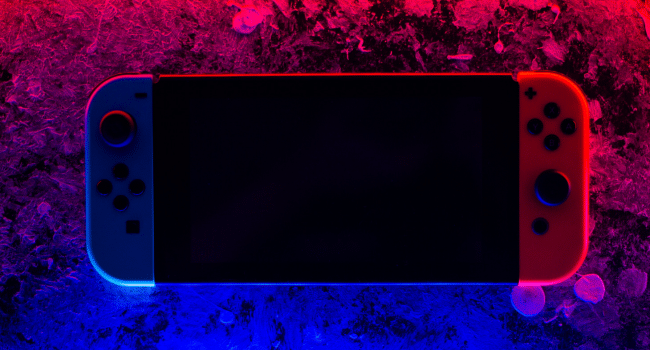Color prediction games have captured the attention of millions of players worldwide, offering a simple yet compelling gameplay experience where players predict the outcome of color sequences. While the concept may seem straightforward, the reasons behind the popularity of these games are deeply rooted in player psychology. Let’s delve into the psychological factors that make color prediction games so captivating and explore why people are drawn to them.
1. Simplicity and Accessibility
One of the primary reasons for the popularity of color prediction games on 911 wins download is their simplicity and accessibility. Unlike complex strategy games or immersive role-playing adventures, color prediction games have straightforward mechanics that are easy to understand and quick to play. This simplicity appeals to a broad audience, including casual gamers looking for a quick diversion and seasoned players seeking a relaxing pastime.
2. Sense of Control and Agency
Color prediction games provide players with a sense of control and agency over the outcome, even though the results are ultimately determined by chance. By allowing players to make predictions and choices, these games foster a feeling of involvement and influence, heightening engagement and satisfaction. The illusion of control taps into the human desire for autonomy and mastery, making players feel more invested in the game.
3. Thrill of Uncertainty and Risk
The unpredictability of color prediction games adds an element of thrill and excitement to the experience. With each round presenting a new set of colors and outcomes, players are kept on the edge of their seats, eagerly anticipating the result of their prediction. This thrill of uncertainty and risk triggers the brain’s reward centers, releasing dopamine and creating a pleasurable sensation that reinforces continued play.
4. Intermittent Reinforcement
Color prediction games employ a system of intermittent reinforcement, where wins and losses are sporadic and unpredictable. This reinforcement schedule is highly effective in maintaining player engagement, as it creates a sense of anticipation and excitement. Even after experiencing losses, players are motivated to continue playing in the hope of achieving a win, leading to prolonged gameplay sessions.
5. Social Comparison and Competition
Many color prediction games incorporate social elements, such as leader boards, community challenges, and multiplayer modes. These social features tap into the human desire for social connection and competition, encouraging players to compare their performance with others and strive for improvement. The competitive aspect of these games adds an extra layer of motivation and enjoyment, as players vie for recognition and bragging rights among their peers.
6. Instant Gratification and Rewards
Color prediction games offer immediate feedback and rewards, satisfying the human desire for instant gratification. Whether it’s the thrill of correctly predicting the next color or the visual celebration of a win, these instant rewards reinforce positive behavior and encourage continued play. The immediate feedback loop keeps players engaged and motivated, as they seek to replicate the pleasurable experience of winning.
7. Psychological Tricks and Illusions
Beneath the surface of color prediction games lie various psychological tricks and illusions designed to manipulate player perceptions and behavior. From the illusion of control to the gambler’s fallacy, these cognitive biases and heuristics influence how players approach the game and interpret outcomes. By understanding these psychological mechanisms, developers can create games that are inherently captivating and addictive.
Conclusion
The allure of color prediction games lies in their ability to tap into fundamental aspects of human psychology, such as the desire for control, uncertainty, social connection, and instant gratification. By offering a simple yet engaging gameplay experience that triggers these psychological mechanisms, these games have become a staple of the online gaming landscape. As players continue to seek out new forms of entertainment and engagement, color prediction games are likely to remain a popular choice for years to come.
Read more on KulFiy
Colorful Soundscapes: Music and Audio Experiences in Prediction Gaming
